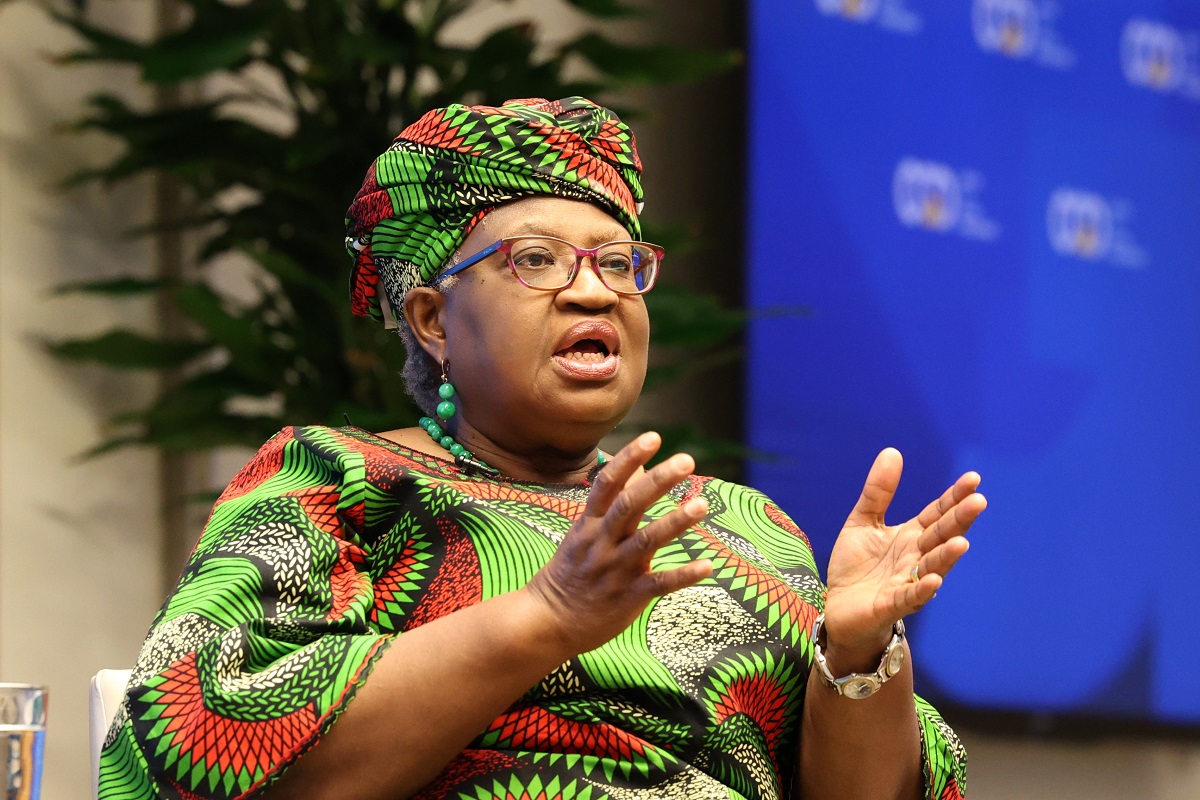The outcome of today’s G20 summit has become even more critical for developing countries as the World Bank revised the 2009 forecast for GDP growth in the developing world to 2.1 percent down from 5.8 percent in 2008. But a draft copy of the G20 communiqué published by the Financial Times could go farther in its commitment to help the world’s most vulnerable countries. While the draft heeds Nancy Birdsall’s advice to increase resources for developing countries through the IMF and MDBs, the communiqué leaves more to be desired on one of the most important avenues through which this crisis is already affecting the developing world: trade protectionism. The draft communiqué states:
[…] we reaffirm the commitment made in Washington not to raise new barriers to investment or to trade in goods and services, including within existing WTO limits, not to impose new trade restrictions, and not to create new subsidies to exports. We will rectify promptly any such measures. We extend this pledge for a further 12 months[…].
But what good is an extension of promises that are already being broken? The World Bank reports that 47 measures that effectively restrict trade have been implemented in 17 of the G20 countries since the November 2008 meeting in Washington. In addition to the “Buy America” provision in the stimulus package, the U.S. ended a program that allowed Mexican trucks to haul cargo over long distances on American roads. In response, Mexico increased tariffs on $2.4 billion of U.S. goods. South Korea has raised duties on oil imports, Brazil, Canada, and Russia have increased import tariffs on shoes, and the EU and ten other countries have imposed higher tariffs on imported steel. Yet somehow French President Nicolas Sarkozy seems to think that the G20 has “
managed to hold off the specter of protectionism.”The WTO predicts that in 2009, developed nations will see an almost 10 percent decrease in exports, while developing nations can expect exports to fall between 2 and 3 percent due to collapsing global demand, mounting protectionism, and a shortage of trade finance. If countries continue to enact policies that violate the spirit, although not the letter, of WTO restrictions on protectionism, both developed and developing nations stand to lose. Today, the G20 has an opportunity to halt these worrisome strides.For the final G20 communiqué, declarations are not enough; what is needed are concrete steps, specific actions that will be taken to curb protectionist backsliding. What would success look like? Arvind Subramanian and Aaditya Mattoo call for a
crisis round of trade talks; Kim Elliott sees promise in an
accelerated dispute settlement process at the WTO; others have proposed boosting the World Bank’s $50 billion Global Trade Liquidity Program and requiring the WTO to monitor and report the trade impact of domestic stimulus packages, just as the IMF is responsible for analyzing the economic impact.As heads of state meet to agree on measures to quell the global crisis, let it not be said that solutions to the protectionism problem are lacking. Here at CGD, we will track the deliberations carefully in the hope that the G20 leaders will flesh out just how they intend to fulfill their commitment to keep their borders open to trade.
CGD blog posts reflect the views of the authors, drawing on prior research and experience in their areas of expertise.
CGD is a nonpartisan, independent organization and does not take institutional positions.





